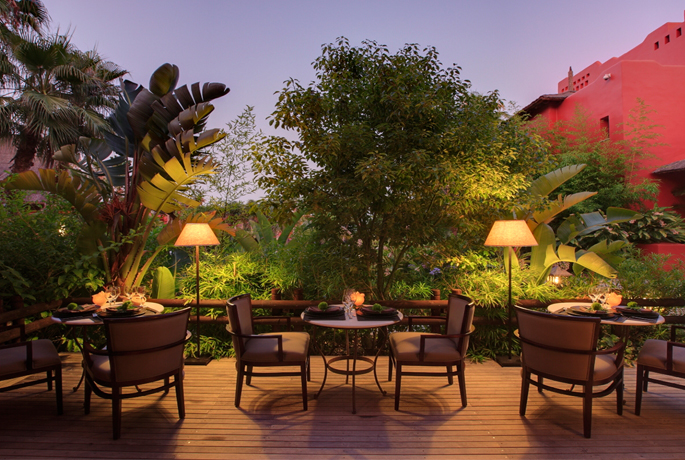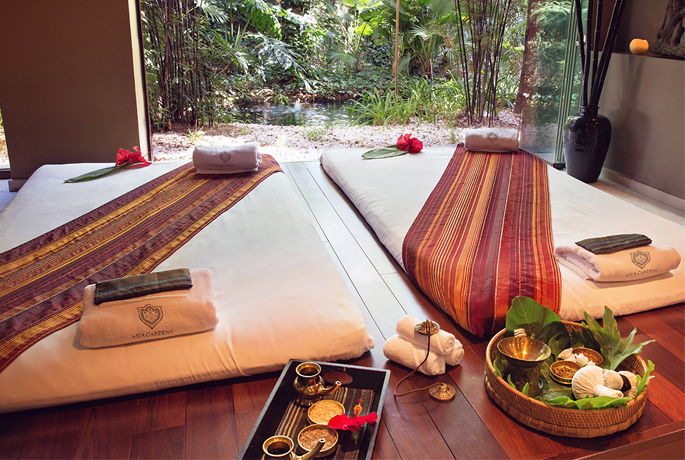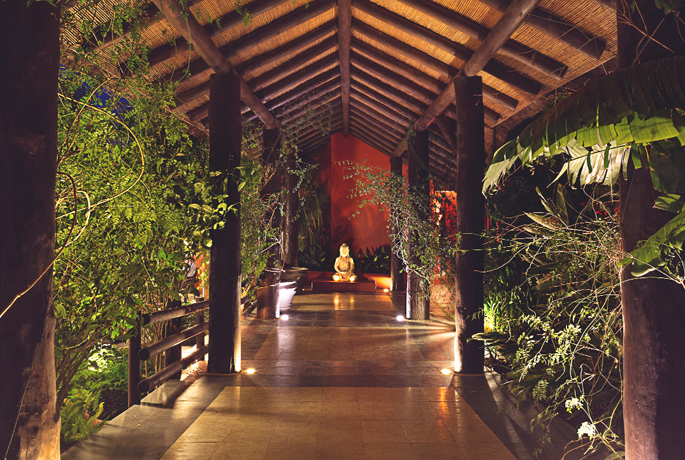One more week, from the luxury hotel in Alicante Asia Gardens Hotel & Thai Spa, we are discovering you a new attraction from the Asian continent, in this case two: the Phnom Penh Royal Palace and the Silver Pagoda. Who is travelling to Cambodia with us?
In the city of Phnom Penh, in Cambodia, the Royal Palace and the Silver Pagoda are the most important attractions in the city. Both buildings, which date back to 1860, are a great example of the beautiful Khmer architecture.
The Royal Palace is a mandatory visit for any tourist around Phnom Penh. The whole complex is walled and although it is open to the public, the Royal Family of Cambodia lives in the palace and that´s why, some areas are restricted to the public. This huge complex draws attention mainly due to its gold sharp roofs, which remind us of the Grand Palace in Bangkok.
Located on the banks of Mekong River, this palace complex still keeps the splendour of its period. It is made up of 9 buildings, which cover an area of more than 6 hectares. The most remarkable palaces and buildings are: The Throne Hall, which is currently used for coronations and religious and official ceremonies; the Phochani Pavilion, which is used as a ballroom; the Chanchhaya Pavilion or Moonlight Pavilion, the place chosen by the King of Cambodia to give speeches to the nation; and of course, the Silver Pagoda, which is covered with over 5,000 silver floor tiles.
The Silver Pagoda complex, inside the Royal Palace, is made up of several buildings; statues, the most famous one is the one known as the Emerald Buddha; stupas and beautiful well cared gardens.
Precisely, what gets more people´s attention when visiting the Royal Palace is its spacious gardens, specially the ones surrounding the Silver Pagoda, where we can find a mockup of the Angkor Temples.
If you are planning a luxury and relaxing romantic getaway in February, the luxury resort Asia Gardens Hotel & Thai Spa is awaiting for you. Discover our Oriental Romance programme and enjoy an exclusive escape to Zen Paradise!







